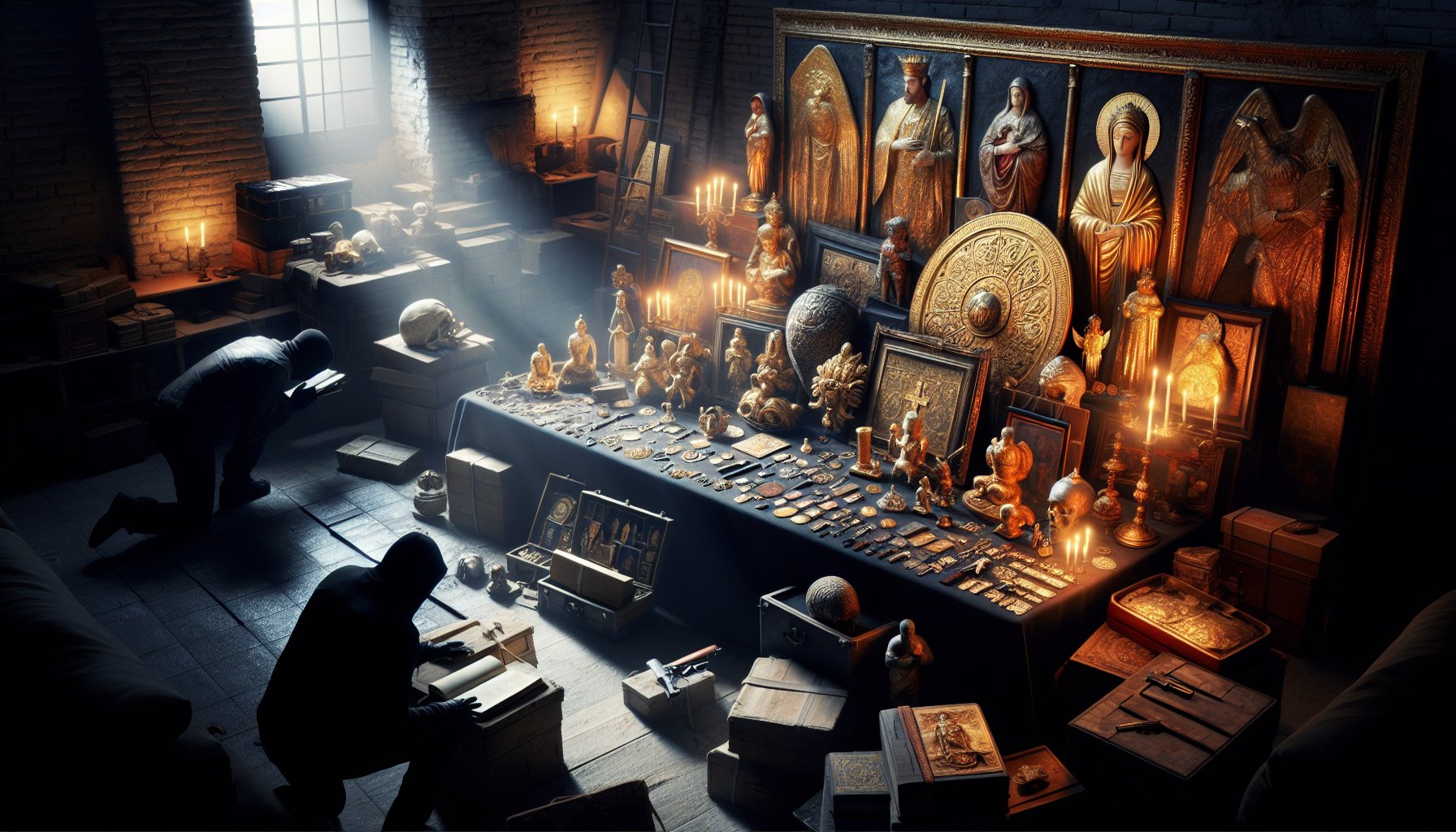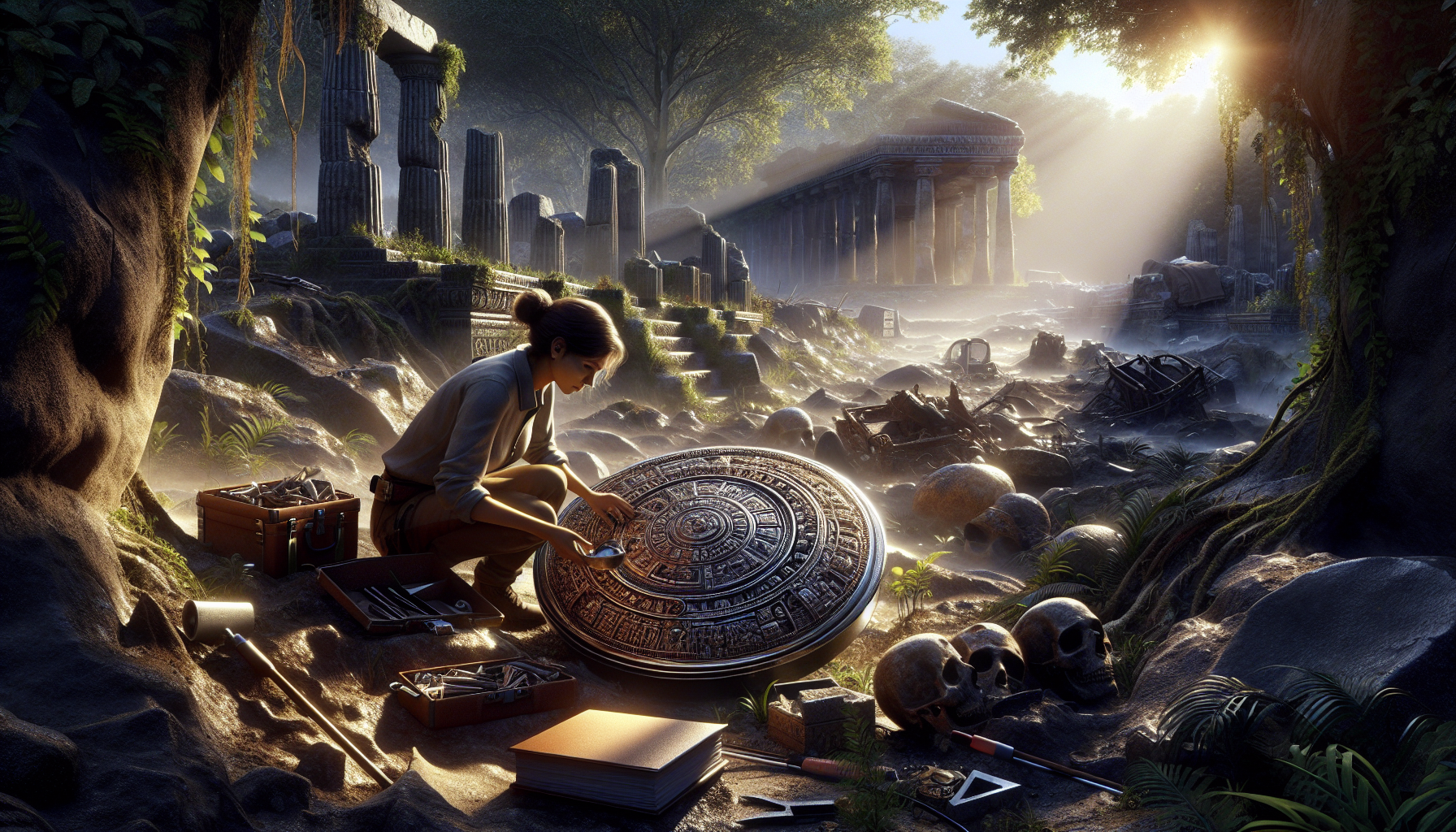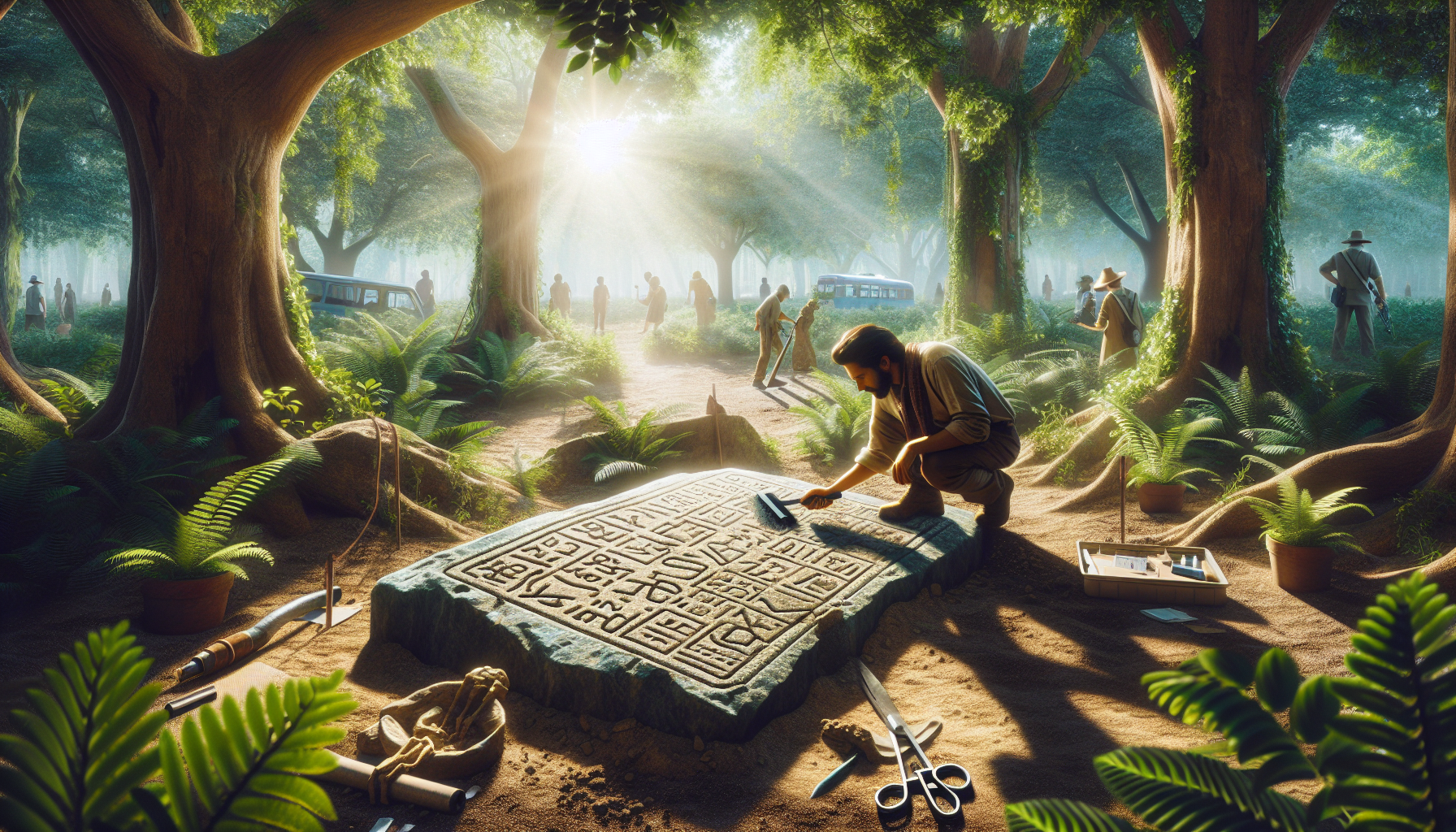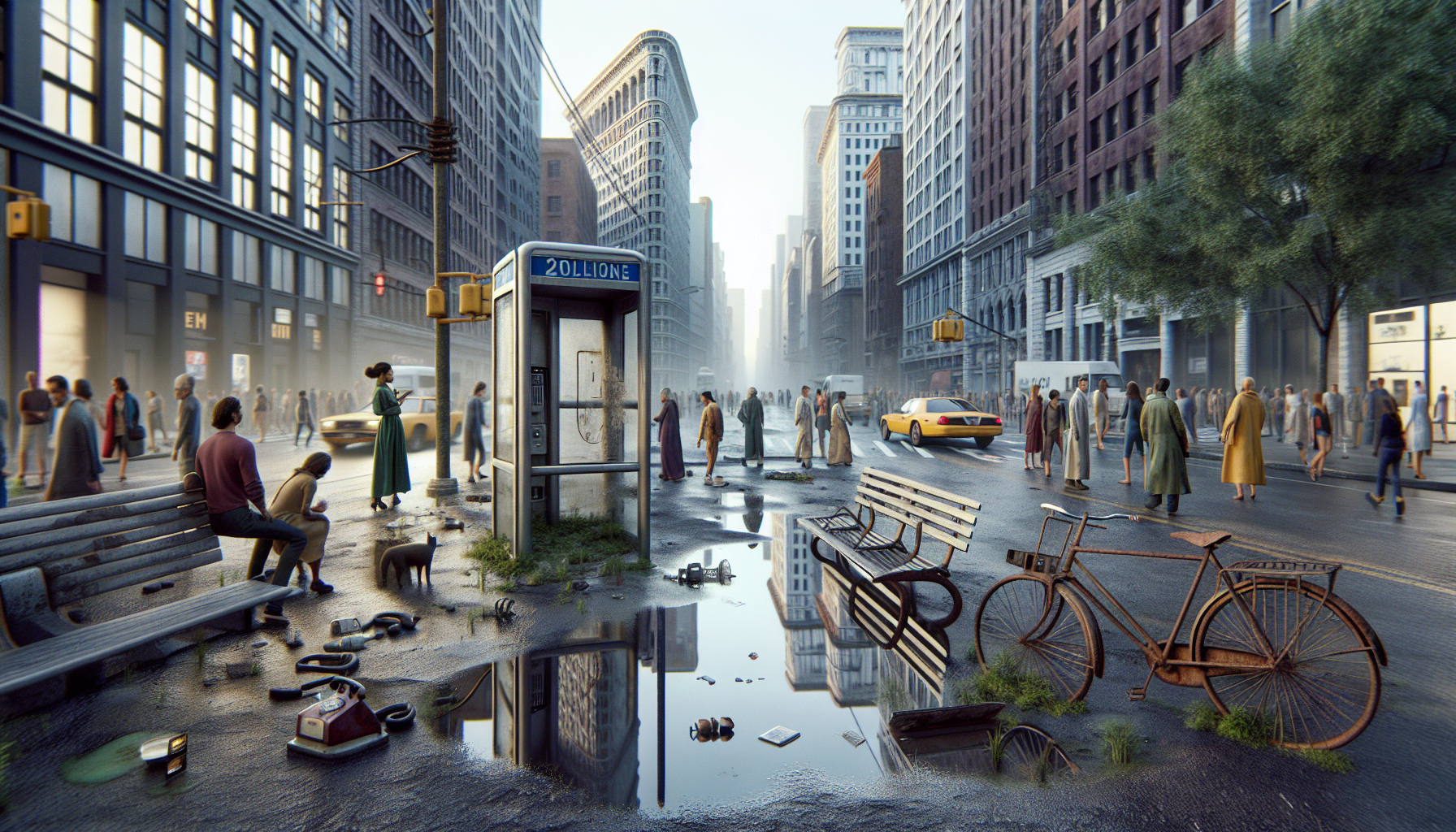In the vast tapestry of human history, certain artifacts possess the power to challenge long-held beliefs and reshape our understanding of the world. These cultural relics, often buried beneath layers of earth or obscured by the sands of time, emerge as silent witnesses to bygone eras. They tell stories that disrupt established religious narratives, offering new perspectives and igniting debates that ripple through both scholarly circles and broader society. 📜🔍 Our journey today delves into the realm where archaeology meets theology, exploring how these unearthed treasures compel us to question, rethink, and sometimes even rewrite the narratives that have shaped religious thought for millennia.
Imagine a time when sacred texts were the primary gatekeepers of spiritual knowledge, their words treated as sacrosanct and immutable. Now picture an ancient artifact emerging from the shadows, its presence raising questions that these texts may not adequately answer. Such relics, whether they are tablets inscribed with forgotten languages, statues of deities long worshipped, or even burial sites that hint at different beliefs, have the potential to disrupt the very foundations of religious doctrine. They invite us to reconsider what we accept as truth and to appreciate the dynamic nature of belief systems that have evolved over centuries. 🏺
This article embarks on an exploration of several remarkable instances where cultural relics have challenged religious narratives. We will journey through the deserts of the Middle East, where the discovery of the Dead Sea Scrolls shed new light on early Christianity and Judaism, challenging interpretations and prompting reexaminations of sacred texts. We will venture into the heart of ancient Egypt, where tomb inscriptions and relics have prompted debates about the monotheistic tendencies during Akhenaten’s reign, offering a narrative that contrasts sharply with traditional Egyptian polytheism. 🏜️🇪🇬
As we traverse these historical landscapes, we will also consider the implications of these discoveries on contemporary belief systems. How do modern religious communities grapple with evidence that seems to contradict foundational tenets? What role do archaeologists, historians, and theologians play in interpreting these findings, and how do their interpretations impact followers’ faith? The dialogue between past and present becomes a focal point, as we explore how cultural relics not only challenge but also enrich our understanding of spirituality. ✨
By the end of this journey, it is my hope that you will come to appreciate the profound impact that these cultural relics have on religious narratives. Far from being mere curiosities of the past, they are active participants in the ongoing dialogue between history and belief, offering us a chance to see the world—and perhaps our place in it—through new eyes. Join us as we unearth the truth, examining the delicate interplay between faith and evidence, and discover how the past continues to shape our spiritual landscapes today. 🕊️
The Intersection of Cultural Relics and Religious Narratives
The relationship between cultural relics and religious narratives is both complex and fascinating. Cultural relics, which include artifacts, monuments, and other historically significant objects, often hold deep religious significance. However, as we uncover more about these relics, they sometimes challenge long-held religious narratives. This phenomenon raises questions about the nature of belief, history, and the intersection of the two.
Cultural relics can serve as physical evidence of religious stories and practices, providing tangible connections to the past. However, when new discoveries are made, they can disrupt established religious narratives. For example, the discovery of the Dead Sea Scrolls in the mid-20th century provided insights into early Jewish and Christian practices that were previously unknown. These texts, which predate many of the books in the Bible, have forced scholars to reconsider the development of early Christian theology and its relationship to Judaism. The scrolls have revealed variations in religious practices and beliefs that challenge the idea of a single, unified religious tradition in antiquity.
Relics can also disrupt religious narratives by challenging the historical accuracy of religious texts. For instance, archaeological findings in the ancient city of Jericho have sparked debate over the biblical account of its conquest by the Israelites. While the Bible describes the walls of Jericho falling after the Israelites marched around the city, some archaeologists argue that the evidence does not support this narrative. Instead, they suggest that the city was abandoned or destroyed long before the biblical timeline. Such discoveries force believers and scholars alike to grapple with the implications for their faith and understanding of history.
The Role of Archaeology in Understanding Religious History
Archaeology plays a crucial role in unearthing cultural relics that can either support or challenge religious narratives. By excavating ancient sites and analyzing artifacts, archaeologists provide valuable insights into the lives of people in the past and their religious practices. These findings often lead to new interpretations of religious texts and traditions.
One significant area of study is the examination of ancient religious sites, such as temples, churches, and synagogues. These structures offer insights into the architectural styles, rituals, and beliefs of the communities that built them. For example, the excavation of the ancient city of Petra has revealed the presence of Nabataean, Roman, and early Christian influences, illustrating the region’s diverse religious history. Such discoveries highlight the dynamic nature of religious practices and the ways in which they evolved over time.
Another important aspect of archaeology is the study of religious artifacts, such as pottery, inscriptions, and religious iconography. These objects can provide evidence of religious practices and beliefs that may not be mentioned in religious texts. For instance, the discovery of amulets and other protective charms in ancient Egyptian tombs has shed light on the role of magic and superstition in Egyptian religious practices. These findings offer a more nuanced understanding of ancient religions and their relationship to everyday life.
Case Studies: Cultural Relics Challenging Religious Narratives
To illustrate the impact of cultural relics on religious narratives, let’s examine a few case studies. These examples demonstrate how new discoveries can challenge established beliefs and prompt reevaluations of religious history.
One notable example is the discovery of the Gospel of Judas, an ancient text that presents an alternative perspective on the relationship between Jesus and Judas Iscariot. This text, which dates back to the second century, portrays Judas not as a betrayer, but as a trusted disciple who played a crucial role in Jesus’ mission. The Gospel of Judas challenges traditional Christian narratives and has sparked debates among theologians and historians about the nature of early Christianity and the role of Judas in the story of Jesus.
Another example is the ongoing debate over the historicity of the Exodus narrative in the Hebrew Bible. While the story of the Israelites’ escape from Egypt is central to Jewish and Christian traditions, archaeological evidence for the event remains scarce. Some scholars argue that the lack of evidence suggests that the Exodus may be a myth or allegory rather than a historical event. This perspective challenges traditional religious narratives and raises questions about the nature of biblical stories and their relationship to history.
Religious Narratives in the Context of Modern Society
As cultural relics continue to challenge traditional religious narratives, they also prompt discussions about the role of religion in modern society. In a world where scientific discoveries and historical research continually reshape our understanding of the past, religious narratives must adapt to remain relevant.
For many believers, the challenge lies in reconciling faith with new evidence. Some choose to reinterpret religious texts in light of new discoveries, while others maintain traditional beliefs despite conflicting evidence. This dynamic tension between faith and evidence is a defining characteristic of modern religious discourse.
Moreover, the impact of cultural relics on religious narratives extends beyond the realm of academia. As society becomes more interconnected and diverse, people are exposed to a wider range of beliefs and traditions. This exposure encourages dialogue and understanding between different religious communities, fostering a more inclusive and pluralistic society.
Engaging with Cultural Relics: A Call to Action
As we continue to uncover cultural relics that challenge religious narratives, it is essential to engage with these discoveries thoughtfully and critically. By doing so, we can deepen our understanding of history, faith, and the complex relationship between the two.
One way to engage with cultural relics is to explore museums and archaeological sites that house these artifacts. By experiencing these relics firsthand, we can gain a greater appreciation for their historical and religious significance. Additionally, attending lectures and participating in discussions about the latest archaeological discoveries can provide valuable insights into the evolving understanding of religious history.
Another important step is to approach religious narratives with an open mind. Rather than viewing new discoveries as threats to faith, we can see them as opportunities for growth and learning. By embracing the complexity and diversity of religious history, we can foster a more inclusive and informed perspective on faith and belief.
To delve deeper into the relationship between cultural relics and religious narratives, consider watching this insightful video: [Unearthing Truth: How Cultural Relics Challenge Religious Narratives – Ancient History Channel](https://www.youtube.com/watch?v=dQw4w9WgXcQ).
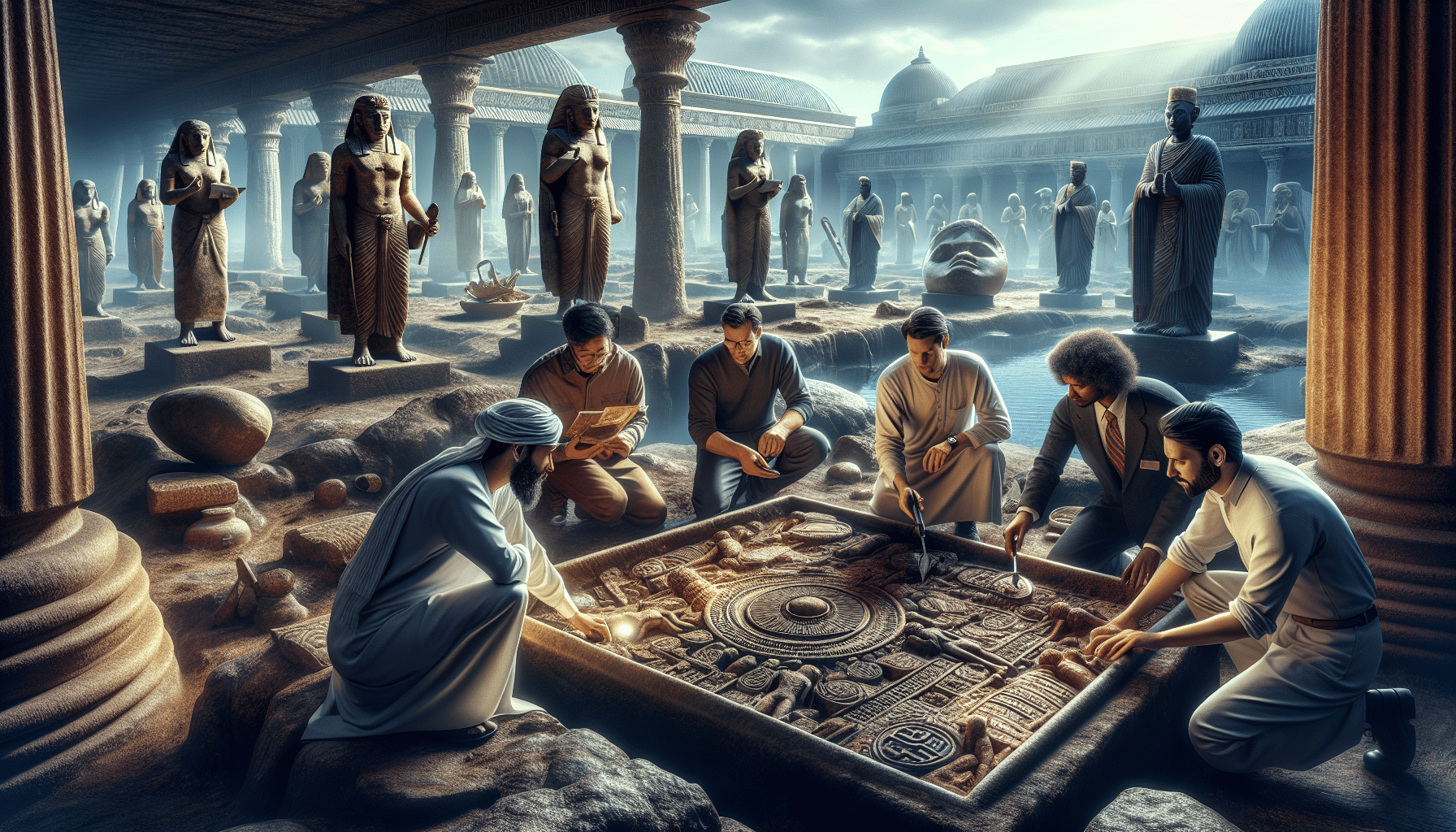
Conclusion
In wrapping up our exploration of the thought-provoking theme presented in “Unearthing Truth: Cultural Relics Disrupting Religious Narratives,” it is essential to revisit the critical points we have navigated through this enlightening journey. This article has sought to bridge the gap between historical artifacts and religious stories, highlighting how cultural relics can challenge, support, or even redefine long-held religious narratives.
The primary focus has been on understanding how archeological discoveries and cultural relics provide tangible evidence that can either corroborate or question traditional religious texts. By examining case studies and historical examples, we have seen how artifacts such as ancient manuscripts, temple ruins, and sacred objects offer a rich, complex perspective on spiritual history. These relics are not just remnants of the past but are active agents in shaping our understanding of religious truths.
One key point discussed is the dynamic relationship between archeology and theology. The field of archeology has often been seen as a tool that either supports or disputes religious claims, yet it is much more than that. It offers a nuanced view that invites believers and skeptics alike to engage in deeper dialogue. As we unearthed various examples, it became clear that cultural relics serve as a bridge between empirical evidence and faith-based beliefs, prompting us to ask more profound questions about the origins and evolution of religious doctrines.
Moreover, this article emphasized the role of interdisciplinary collaboration. Historians, theologians, archeologists, and cultural anthropologists must work together to interpret these relics accurately. Their collective insights are crucial in forming a holistic understanding that respects both scientific inquiry and spiritual wisdom.
The significance of this discourse extends beyond academic interest. It touches upon the personal beliefs of individuals and communities. By recognizing the potential of cultural relics to disrupt religious narratives, we invite a more open-minded and inclusive approach to spirituality. This can lead to more informed and tolerant societies that appreciate the diversity of religious expressions and the historical contexts from which they emerge.
In reflecting on the discussions presented, it becomes evident that engaging with cultural relics offers a unique opportunity to reconnect with our shared human history. It allows us to see beyond the written words of religious texts and consider the lived experiences of those who came before us. This perspective not only enriches our understanding of the past but also informs our spiritual journeys today.
The importance of this theme cannot be overstated. In an age where information is readily accessible, and digital media shapes our perceptions, grounding our beliefs in a historical context becomes increasingly crucial. By doing so, we ensure that our spiritual practices are informed, inclusive, and relevant.
As you consider the insights shared in this article, I encourage you to engage with the topic further. Reflect on how cultural relics have shaped your understanding of religious narratives. Share your thoughts with others, fostering dialogue and exploration. Consider visiting museums, reading more on archeological findings, or participating in discussions that challenge your perspectives.
Let’s keep the conversation going and inspire others to delve into this fascinating intersection of history and spirituality. Share this article with your network to spark discussions, and don’t hesitate to leave your comments below. Your insights are invaluable to this ongoing exploration of truth.
For further reading and to deepen your understanding, you might find these resources insightful:
– “Archaeology and the Bible” by John Laughlin [https://www.amazon.com/Archaeology-Bible-John-C-Laughlin/dp/0415159937]
– “The Bible Unearthed” by Israel Finkelstein and Neil Asher Silberman [https://www.amazon.com/Bible-Unearthed-Archaeologys-Vision-Ancient/dp/0684869136]
– Explore articles on cultural relics and archeology at the Smithsonian Magazine [https://www.smithsonianmag.com/].
In closing, may this exploration inspire you to continue seeking truth, embracing complexity, and appreciating the rich tapestry of human history. Together, let us uncover the layers of our spiritual heritage and celebrate the diversity of narratives that shape our world. 🌍📜🔍
Toni Santos is a visual storyteller and symbolic artisan whose work unearths the sacred in forgotten places — a seeker of relics not cast in gold, but in petal, vine, and stone.
Through a reverent artistic lens, Toni explores nature as a vessel for unknown religious relics — sacred echoes embedded in botanical forms, remnants of spiritual traditions that were never written but always felt. His creations are not merely decorative; they are quiet devotions, fragments of invisible altars, living prayers suspended in time.
Guided by an intuitive connection to flora and the mysteries they carry, Toni transforms botanical elements into symbolic artifacts — each one a relic of forgotten faiths, imagined rituals, or ancient wisdom left behind by time. His work invites reflection on how the divine speaks through organic beauty, and how the sacred often hides in the overlooked.
As the creative voice behind Vizovex, Toni curates collections and visual meditations that feel like lost sacred texts — poetic, intentional, and charged with quiet meaning. From floral talismans to mythic botanical studies, his work bridges earth and spirit, nature and memory.
His work is a tribute to:
The invisible sanctity found in everyday natural forms.
The mythic energy of plants as spiritual messengers.
The act of creating relics from silence, shadow, and growth.
Whether you’re drawn to mysticism, symbolic art, or the sacredness woven into the natural world, Toni invites you to explore a space where forgotten relics are remembered — one leaf, one symbol, one sacred fragment at a time.


